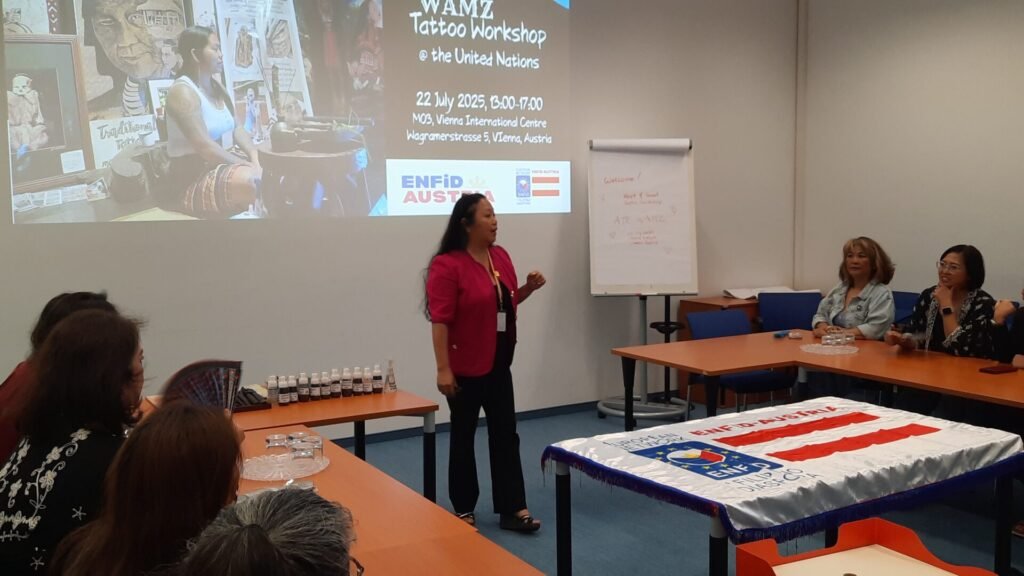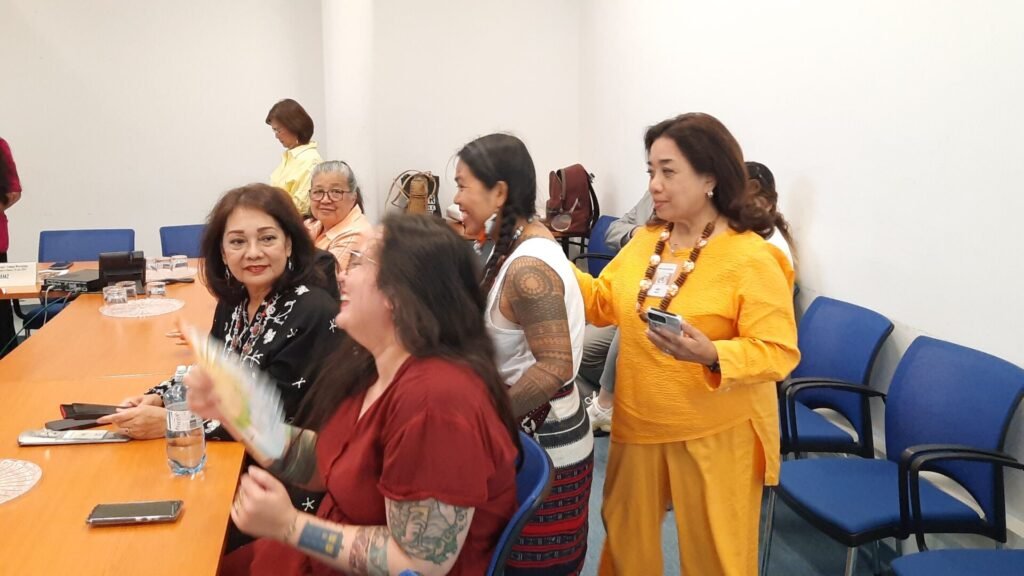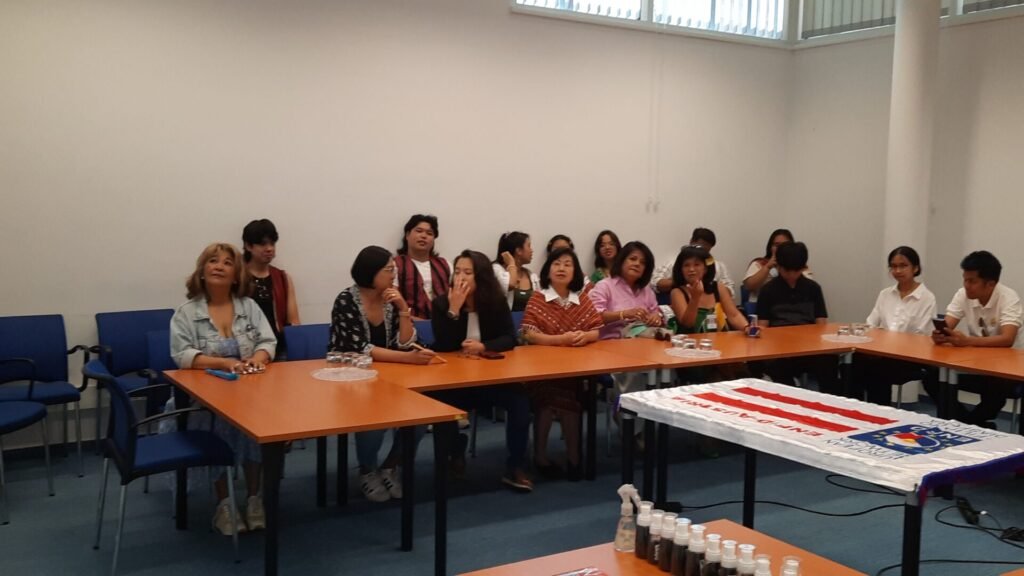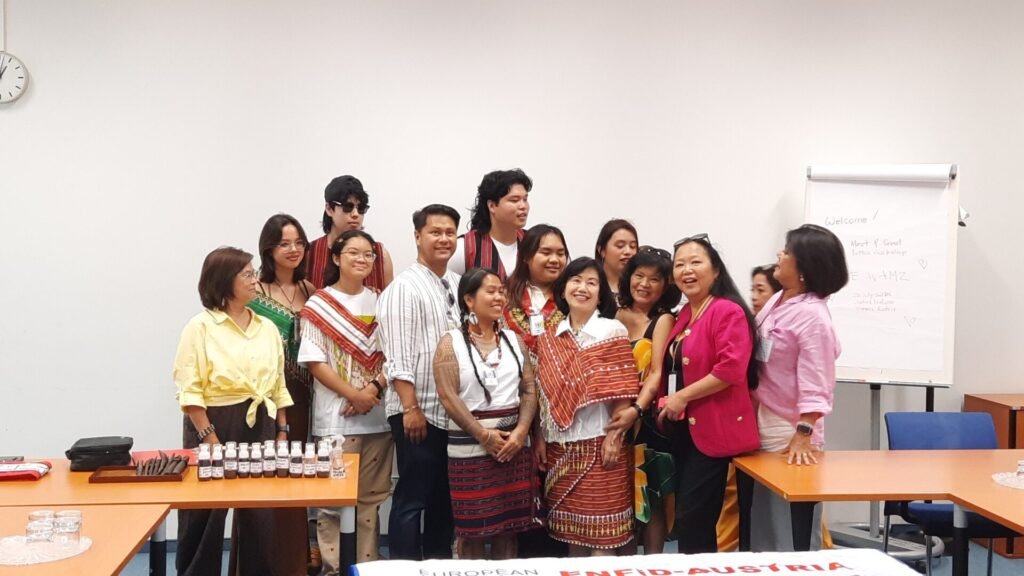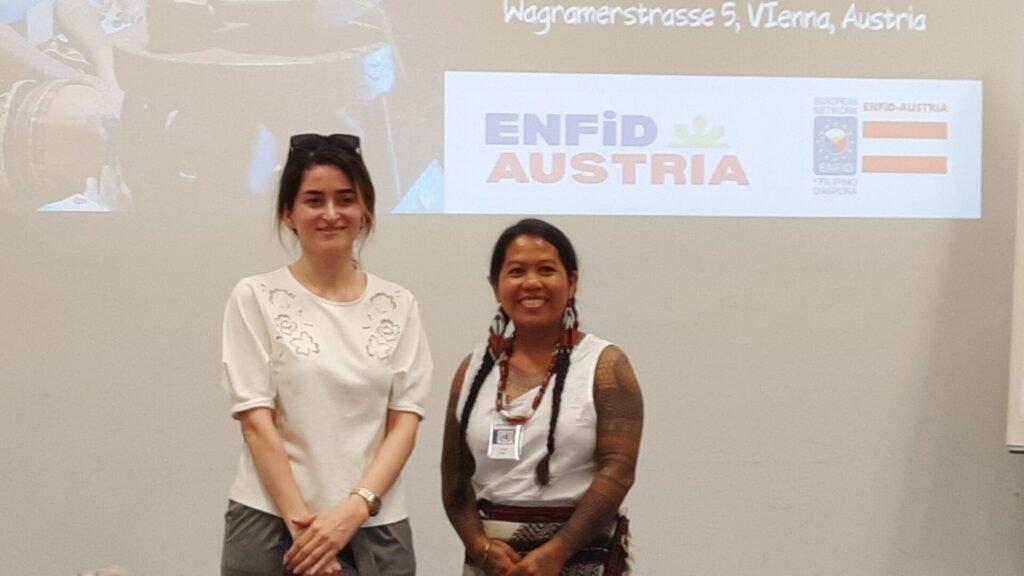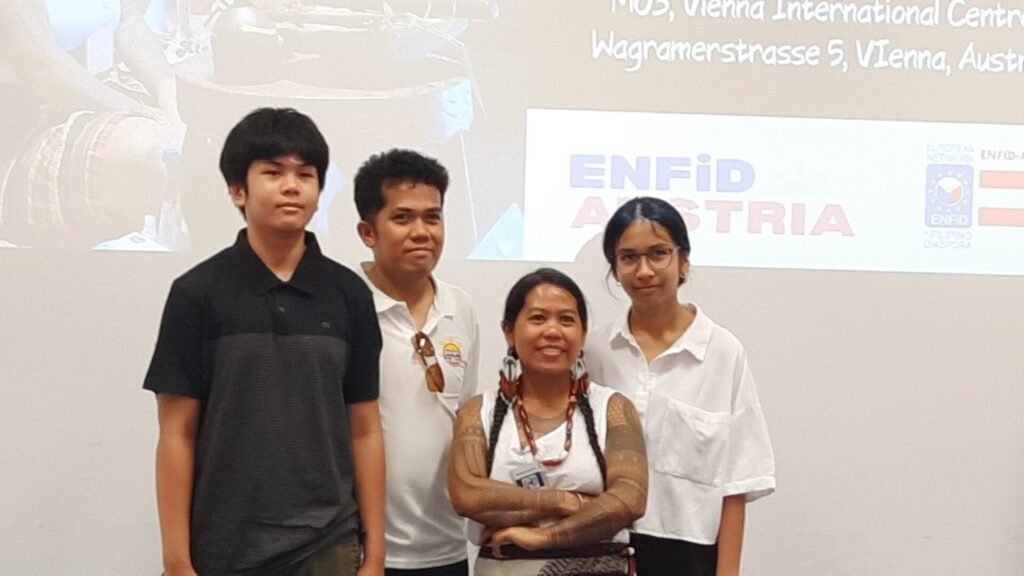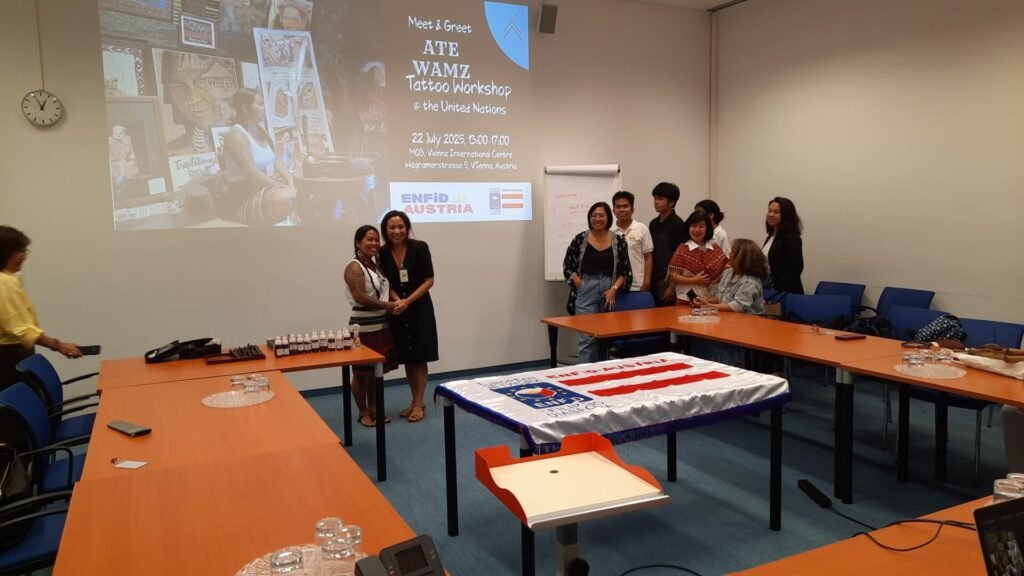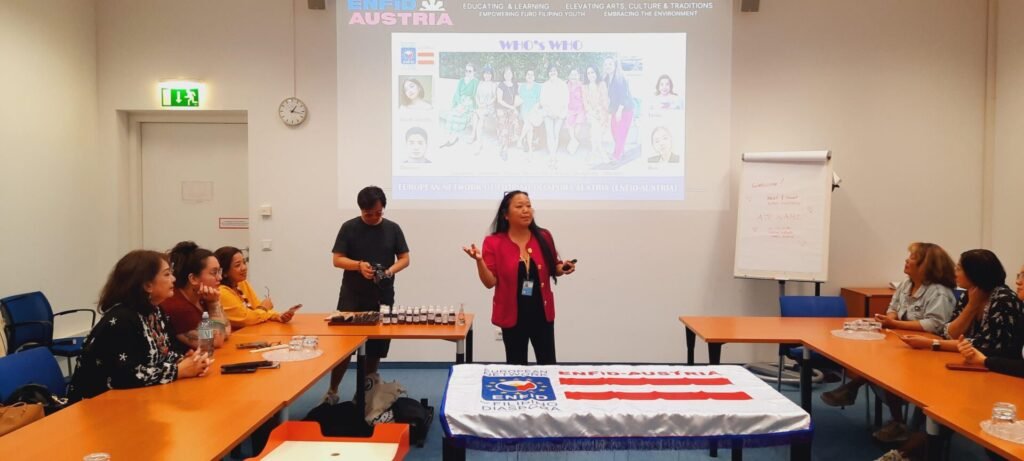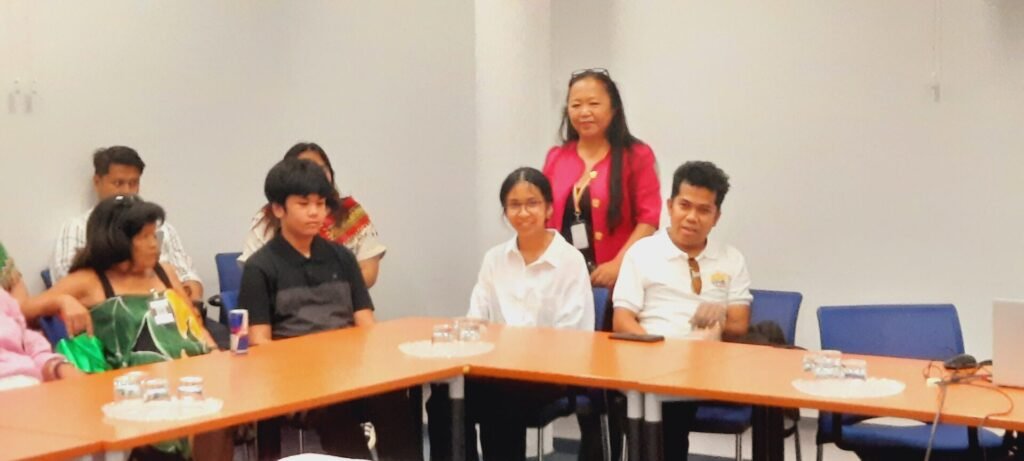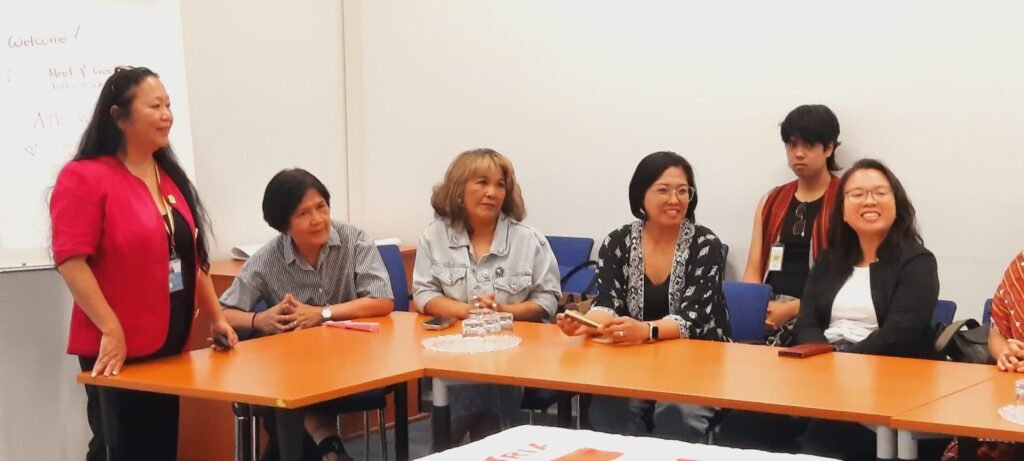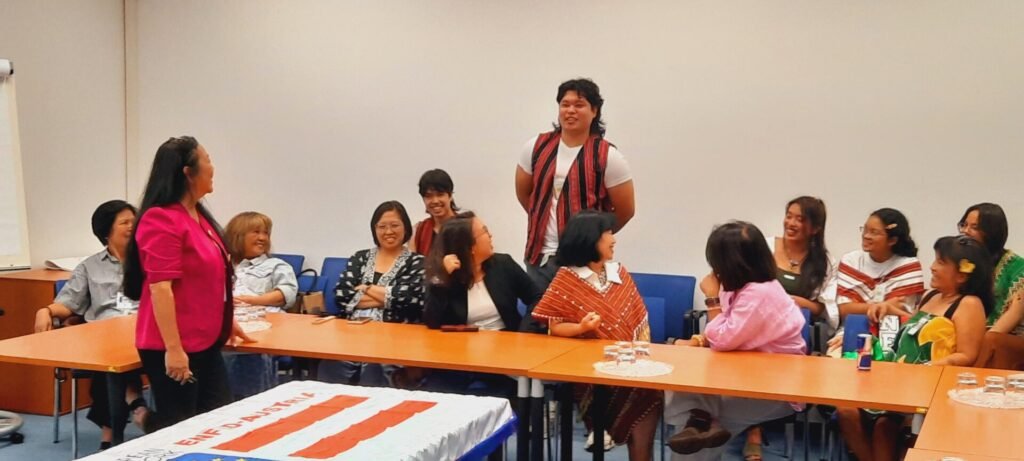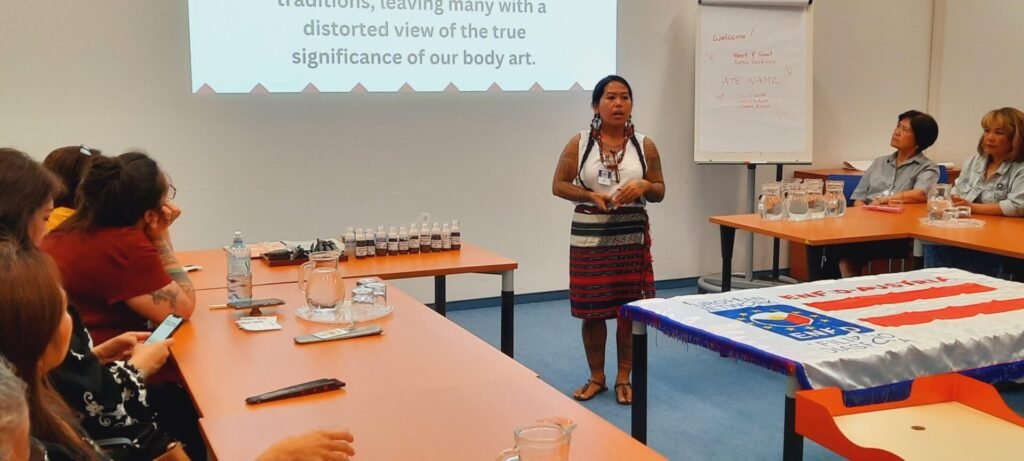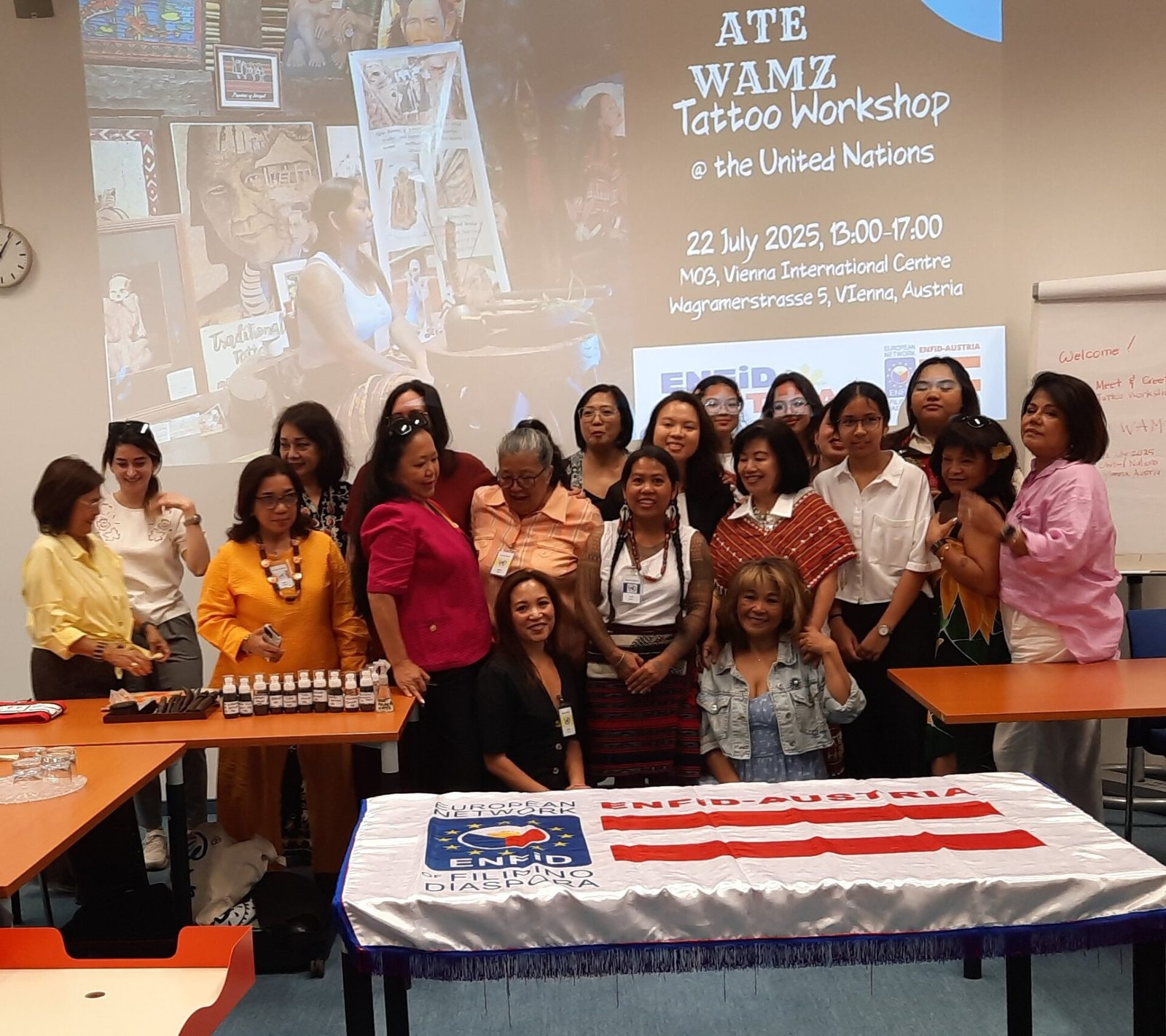Introduction to Ate Wamz and Batek
Wilma Gaspili, popularly known as Ate Wamz, stands as a prominent figure in the revival of the Batek tattoo tradition of the Cordillera region in the Philippines. Ate Wamz has embraced her heritage as a Filipino tattoo artist, dedicating her life to the preservation and promotion of traditional tattoo practices that define the cultural identity of her people. Her journey is not solely artistic; it embodies a significant cultural renaissance that seeks to connect the present with ancestral roots.
Ate Wamz’s work is deeply intertwined with the spiritual and cultural narratives of the Cordillera people. The intricate tattoos, known as Batek, serve as a rich tapestry that narrates the life stories of individuals, their spiritual beliefs, and their roles within the community. Each design carries specific meanings, representing notions such as bravery, family lineage, and social status. Through her artistry, Ate Wamz reconnects her clients with these ancestral memories, enabling them to carry a piece of their cultural legacy on their skin.
Moreover, the significance of her work extends beyond personal expression; it plays a pivotal role in cultural advocacy. By actively engaging in educational initiatives, workshops, and community outreach, Ate Wamz fosters a deeper understanding of the Batek tradition among younger generations. This cultural transmission is critical, as it ensures that the stories and values embedded in the Batek tattoos are not forgotten. Through her dedication, she empowers individuals to embrace their heritage and express their identity in contemporary society, all while maintaining respect for the historical and cultural contexts of the Batek tradition.
Ate Wamz’s commitment to revitalizing this indigenous tattoo practice highlights the ongoing importance of cultural representation and heritage in an ever-evolving world. Through her skill and advocacy, she not only revives a beautiful art form but also strengthens the connection between her community’s past and its future.
The Art and Legacy of Batek
The practice of Batek, a traditional form of tattooing, carries immense historical and cultural significance among the indigenous communities of the Cordilleras, especially the Benguet tribe. This ancient art form has roots that trace back centuries, serving not only as a mode of body adornment but also as a powerful expression of identity and social standing. Each tattoo is a testament to personal narratives, bravery, and the rich heritage of the people who wear them.
The method of tattooing involved intricate techniques that utilized a thorn or a similar tool to puncture the skin, a process that was often combined with the use of natural pigments. The tattoos were not merely decorative but were imbued with profound meanings. For instance, geometric designs could signify various life milestones, such as rites of passage, accomplishments, or the wearer’s social status within the community. Each design was unique to the individual, thus serving as a canvas that tells a deeply personal story of resilience and cultural pride.
One of the central figures in the lore of Batek is Apo Anno, a legendary being believed to be the source of knowledge for this tattoo tradition. According to local mythology, Apo Anno possessed an extraordinary ability to inspire courage and strength among the tribespeople, and his connection to Batek is often seen as a bridge linking the past with present practices. The stories surrounding Apo Anno further enrich the cultural tapestry of the Cordilleras, where tattoos symbolize lineage, warrior spirit, and communal bonds.
As Batek begins to resurface in modern consciousness, it not only revives an important indigenous practice but also reaffirms the cultural identity of the Cordillera communities. Thus, the art of Batek endures as a vibrant legacy, reminding both the wearers and onlookers of the beauty and complexity of their cultural heritage.
Traditional Tattooing Techniques
The intricate art of Batek, a traditional tattooing practice among the indigenous communities of the Cordilleras, is steeped in rich cultural significance and deep-rooted techniques. Central to this process is the hand-tapping method, a meticulous technique that has been passed down through generations. This method entails the careful application of ink onto the skin using a specialized tool known as a ‘batek,’ traditionally crafted from a variety of materials such as bamboo or metal. The batek is fitted with a pointed end, which is gently tapped to embed the ink into the dermis layer of the skin, creating enduring designs that carry personal and spiritual meanings.
In preparation, the artist must source natural inks, traditionally derived from soot mixed with tree sap or other organic materials. A crucial spiritual connection exists with Mt. Pulag, a revered site among the indigenous people, where many of these natural inks are harvested. The mountain’s cultural significance adds a layer of reverence to the tattooing process, as each ink blend is believed to be imbued with the essence of the land and its spirits. The gathering of materials is not merely a logistical necessity, but a ritual that honors the environment and ancestors who came before.
When applying the tattoos, precision is paramount. The artist, often regarded as a historian or storyteller, must possess a keen eye and steady hand. Designs are not arbitrary; they reflect personal experiences, achievements, and the individual’s place within the community. The application process itself is marked by a slow, deliberate rhythm, allowing for a connection between the artist, the recipient, and the tradition. This careful approach underscores the artistry involved in Batek, transforming skin into a canvas that embodies heritage and identity.
Ate Wamz’s Mission and Cultural Impact
Ate Wamz, a prominent cultural advocate and tattoo artist, has dedicated her life to reviving the Batek tradition, which is a culturally significant indigenous tattoo practice of the Cordilleras. Her journey began when she recognized the adverse impacts of colonialism that led to the erosion of traditional practices among indigenous communities. The resulting disconnect from cultural heritage left many individuals estranged from their ancestral roots, and Wamz made it her mission to address this gap through her artistry.
Through her work, Wamz seeks to reclaim the Batek tattoos as symbols of identity and cultural pride. She believes that each Batek design carries deep meanings reflective of the wearer’s lineage, stories, and history. By promoting these traditional tattoos, Wamz not only empowers individuals to embrace their heritage but also fosters a sense of community among those who share similar backgrounds. Her efforts serve as a reminder of the importance of cultural preservation and the resilience of indigenous practices in the face of modern challenges.
Ate Wamz’s impact extends beyond just the physical artistry of tattooing; her approach is rooted in education and awareness. She conducts workshops and seminars to engage both indigenous people and outsiders, allowing them to learn about the significance of the Batek tradition. By providing an accessible platform for the exchange of knowledge, she bridges the gap between past and present, encouraging individuals to honor their heritage, regardless of their geographical distance from their ancestral lands. Her commitment to cultural revival highlights the importance of maintaining traditional practices in a rapidly changing world and illustrates the enduring power of art as a means of connection and empowerment.
